“FOR THE HONOR OF GRAYSKULL!” When Noelle Stevenson’s (Nimona, Lumberjanes) re-interpretation of She-Ra hits Netflix on Nov. 13 (three days earlier than originally planned), fans are in for 13 episodes of serious girl power — not to mention an intense emotional rollercoaster. She-Ra and the Princesses of Power puts She-Ra at the front and center of her own story, while also highlighting the unique contributions and powers of the other princesses in Etheria. This makes it an ensemble story worthy of attention, from both fans of the original 1980s cartoon and new fans who don’t yet have an attachment to these characters and this world.
When Adora (Aimee Carrero) is orphaned as a baby, she’s taken in by the Evil Horde — led by Lord Hordak (Heston John) and Shadow Weaver (Lorraine Toussaint), a sorceress who serves as his second-in-command — and taught that the princesses of Etheria are evil overlords whose people must be freed from their reign. Then when she and her best friend Catra (AJ Michalka) decide to explore the Whispering Woods, Adora discovers that she’s more than just an orphan — and far more than a Force Captain of the Horde. She is She-Ra, Princess of Power, and it’s her destiny to unite the princesses of Etheria and save the world from the people she once considered family.
In the first season of She-Ra and the Princesses of Power, Adora is forced to make serious decisions about who she is, what she stands for and how she wants to go down in history. It’s not easy to leave the Horde and embrace her destiny as She-Ra, the mythical princess who hasn’t had a host in over a millennium; it’s a complicated, heartbreaking process to leave behind who she thought she was in order to become who she’s meant to be, especially because she has to sever such intricate and important emotional ties. Adora has built a life in the Horde, although none of her new friends can seem to understand that at all, and saying goodbye is — as it would be for anyone — really difficult.
However, the introduction of new friends to Adora’s life inspires her to commit to the side of good. In particular, Glimmer (Karen Fukuhara) and Bow (Marcus Scribner) force Adora to acknowledge the harm the Horde has done and encourage her to free herself from their clutches. As Adora, Glimmer and Bow come to trust each other and form the “Best Friends Squad,” they also hatch plans to save the world and fight off the Horde — even when Adora seems to waffle on whether or not she can really walk away from the only life she’s known (namely, her friendship with Catra). Watching these three interact is hilarious and heartwarming, especially because the friendship between Glimmer and Bow is so solid: it’s clearly a new experience for Adora to see friends who aren’t constantly in competition with each other, and seeing the way they get used to each other defines part of the emotional core of the show.
The other part is, of course, the relationship between Adora and Catra — which is rife with heartache, betrayal, and a burning sense of wrongness on both sides. Catra cannot fathom why Adora would want to leave the Horde and Adora cannot understand why Catra chooses to stay. During the She-Ra panel at New York Comic Con, Stevenson commented: “It’s about the dark and the light in all of us. When Adora left the horde, Catra was devastated.” When Adora repeatedly chooses to walk away from Catra, that devastation only worsens — by the time the first season ends, it’s clear that they will never get back to what they once were, no matter how many memories they share.
While She-Ra and the Princesses of Power explores the dynamics between Adora and Catra and the Best Friends Squad, it also introduces audiences to the other princess of power, whom the latter three are attempting to unite for the first time in years. These include Mermista (Vella Lovell), Perfuma (Genesis Rodriguez), Frosta (Merit Leighton), Entrapta (Christine Woods), Castaspella (Sandra Oh) and Netossa (Krystal Joy Brown). Each one has a specific contribution to make to the Princess Alliance and each one has her own reasons for joining — or not. As the season progresses, the princesses make decisions individually and as a group that are at turns empowering and frustrating; each of these women is young and determined to do what’s best for her kingdom, which sometimes means behaving selfishly.
Stevenson and the rest of the She-Ra writers paint an incredibly accurate portrait of what it’s like to be a young woman with power. While Bow and Captain Seahawk (Jordan Fisher) occupy supporting roles, the real movers and shakers in Etheria are girls as young as 11 (“and three-quarters”) — and like any young woman trying to find her place in the world, the princesses struggle to see eye-to-eye on more than one occasion. They butt heads. They retreat into themselves. They blame each other for their losses.
But they also hold each other up for their victories and rely on each other to get from one day to the next. We see the princesses of power flit in and out of the 13 episodes in She-Ra season one, which both reminds the audience that their Alliance is still forming and enforces the fact that these girls have responsibilities outside of the group. They have whole lives that are not dependent on each other, and it’s interesting to see that in play in a cartoon — oftentimes, when groups come together in an animated series, it’s rare that we see them function apart.
She-Ra and the Princesses of Power draws on current and past cartoons with similar structures and messaging, including My Little Pony: Friendship Is Magic, Avatar: The Last Airbender, Bravest Warriors, and even Steven Universe and Adventure Time. The show features both a diverse cast of characters and a diverse cast of voice actors, as well as canon queer representation and a wide array of body types, shapes and sizes. The series explores the dynamics of friendship, family, rivalry and romance through several lenses and provides a cohesive, compelling storyline that involves all of these elements without tokenizing any of them.
With Stevenson at the helm, She-Ra and the Princesses of Power goes well beyond the borders of the original She-Ra: Princess of Power series and features a whole team of heroes for young viewers to admire. The emotional core of the show holds fast, the heroics ring true, and the format is stunningly executed. This series is absolutely worth watching and is enthralling enough to keep you invested from start to finish, should you want to spend the weekend immersed in the world of Etheria. That goes for people of all ages — but the content will, of course, especially resonate with kids.
All 13 episodes of She-Ra and the Princesses of Power season one will be available for streaming on Netflix as of Tuesday, Nov. 13. To keep up with the show on social media, including announcements about its future at Netflix, be sure to follow @DreamWorksSheRa on Twitter.


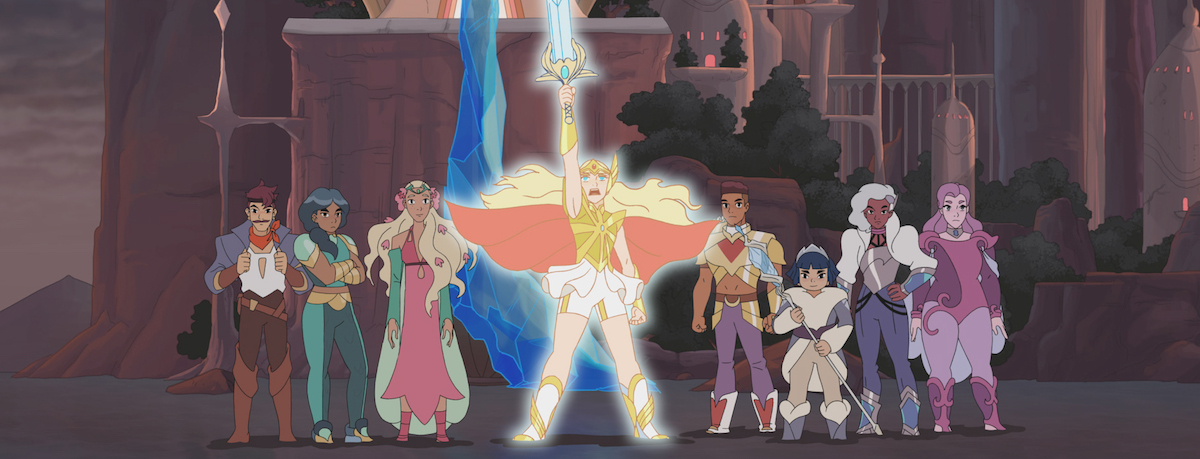
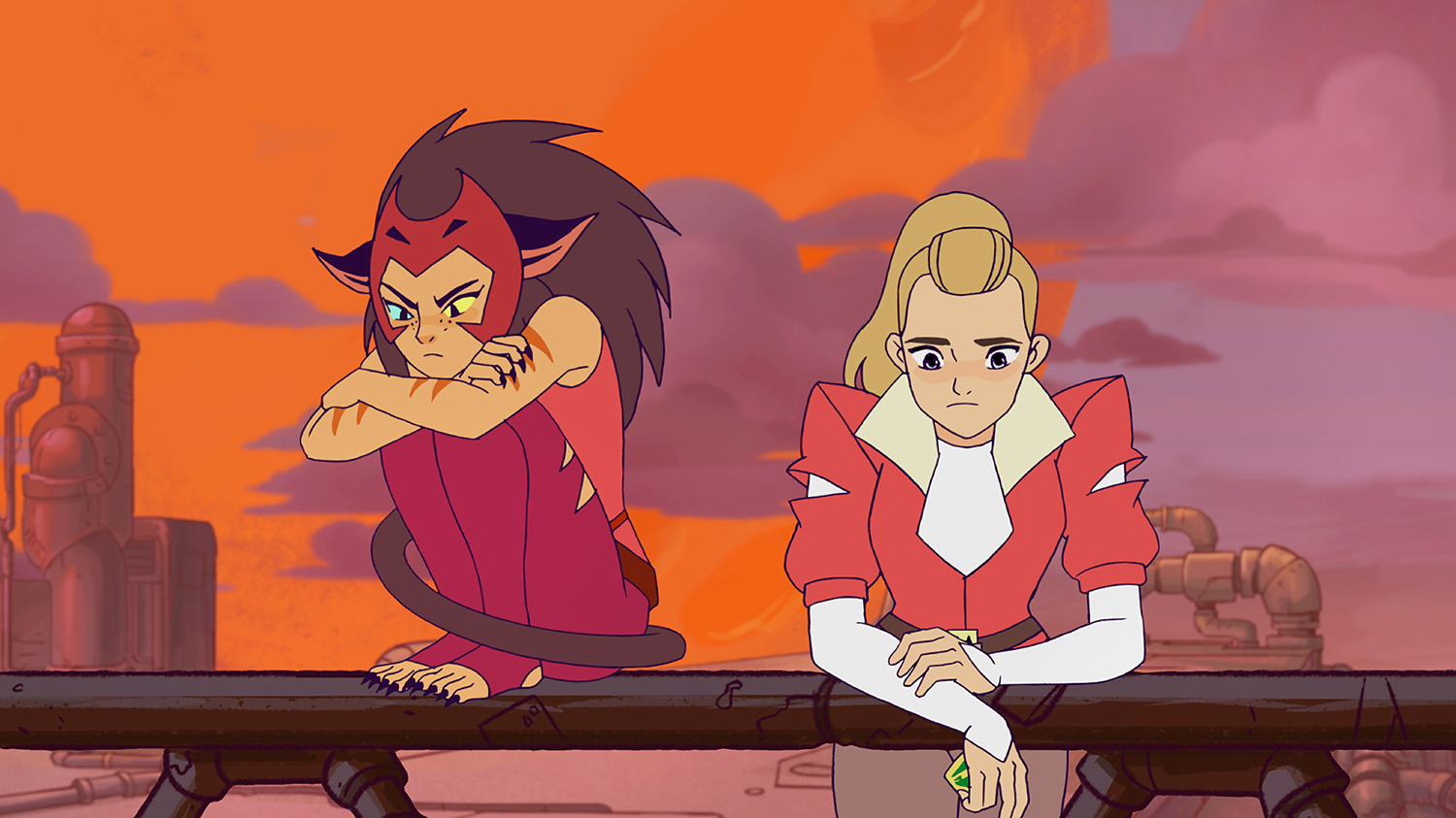
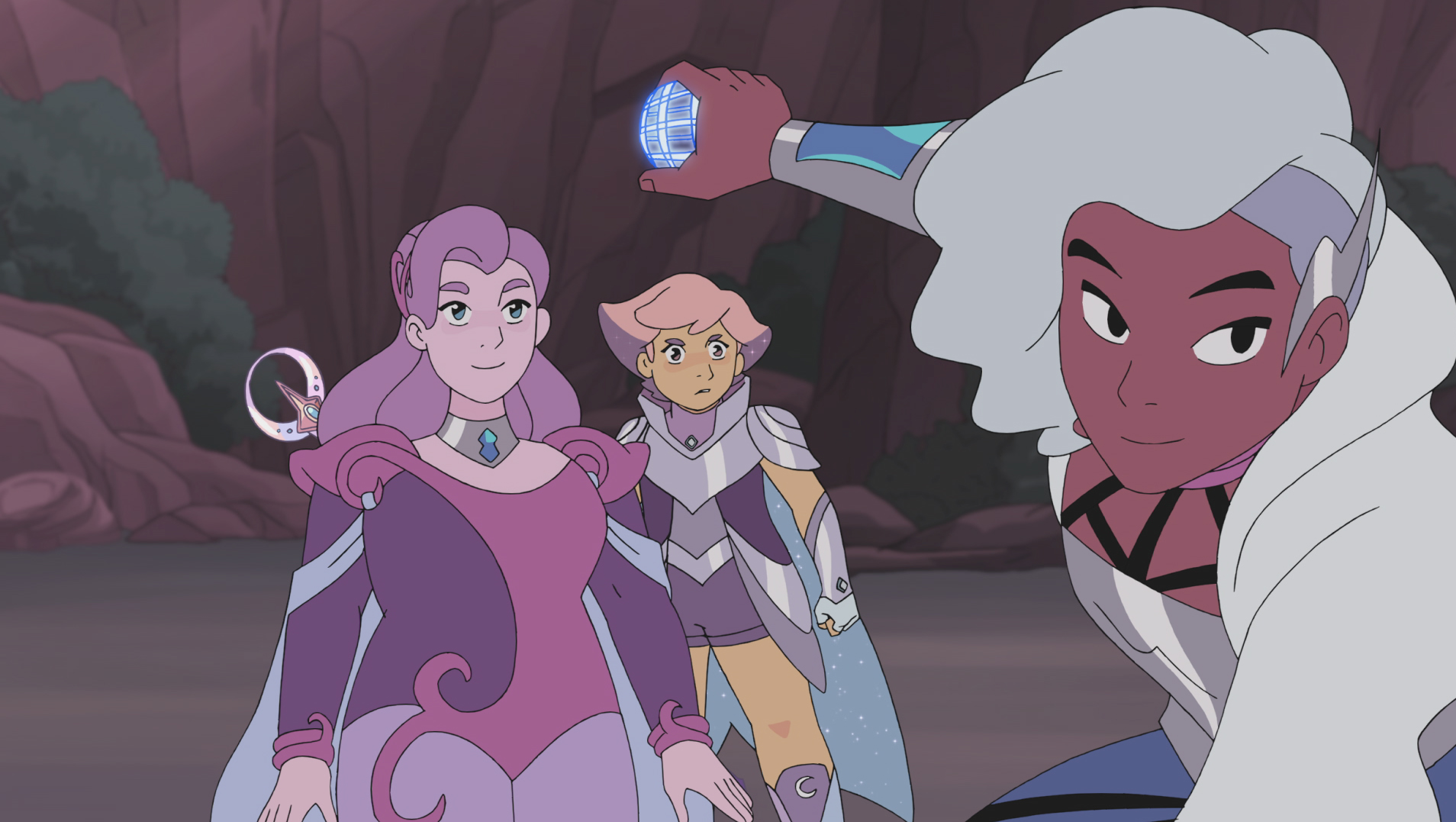
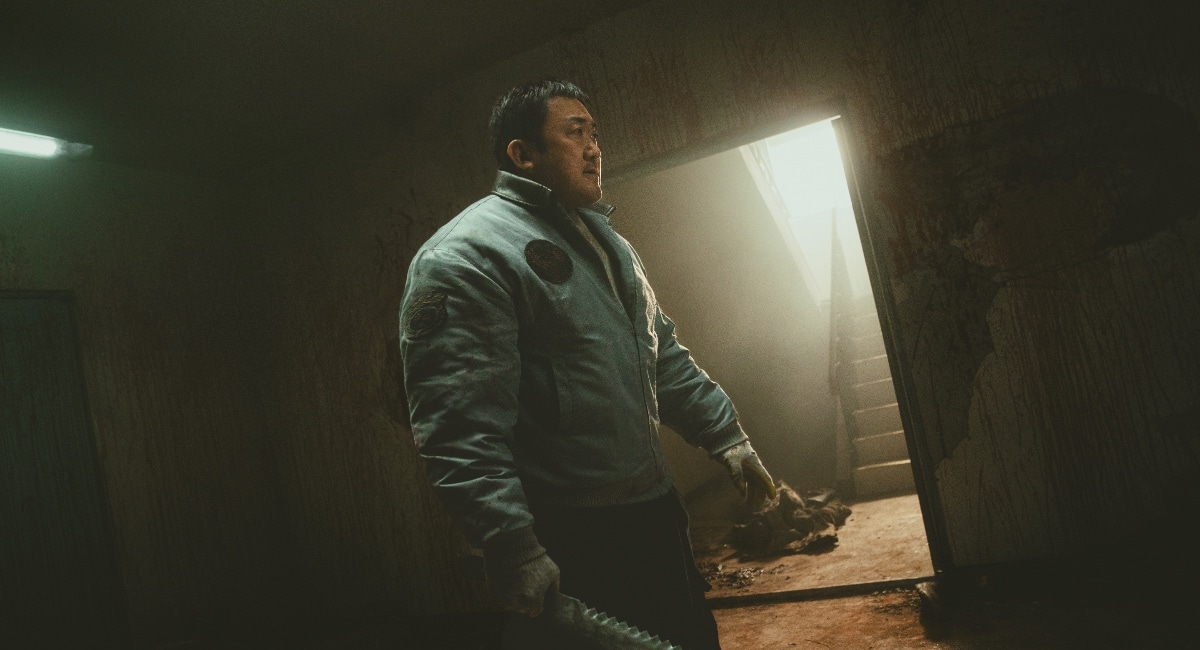
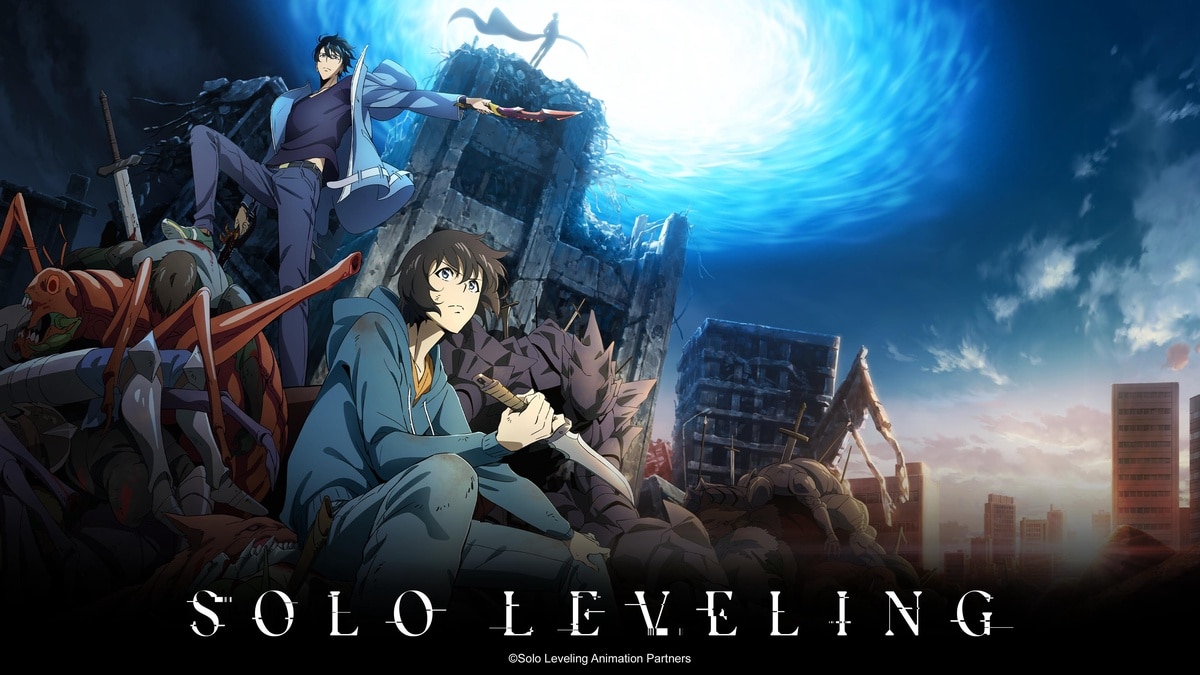



This looks sooooooo good! I had goosebumps watching the trailer!
My younger sister will love this cartoon. I love it much.
“Goes well beyond the borders of the original”
What is that even supposed to mean? Have you guys even watched any of the original episodes? I randomly watched one the other night with some dude who retired from fighting to live with his family in peace, then gets dragged back into the action when Hordak attacks his home and kidnaps his wife and son.
That’s something anyone can relate to, doesn’t matter your gender or skin color or sexuality so….what exactly is the new show doing that explores themes even deeper than that (in a way appropriate for kids and that kids can understand)?
Hey boyish lesbians finally have a show to call their own, I guess?
Comments are closed.